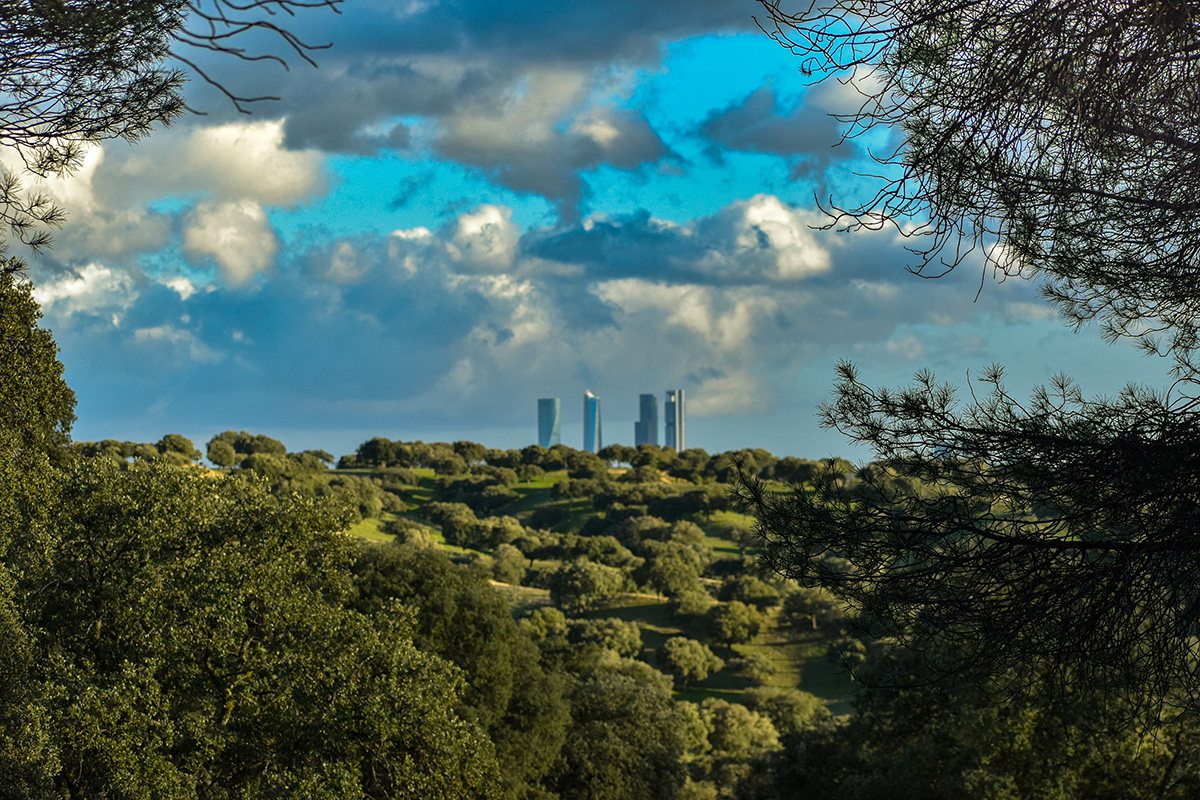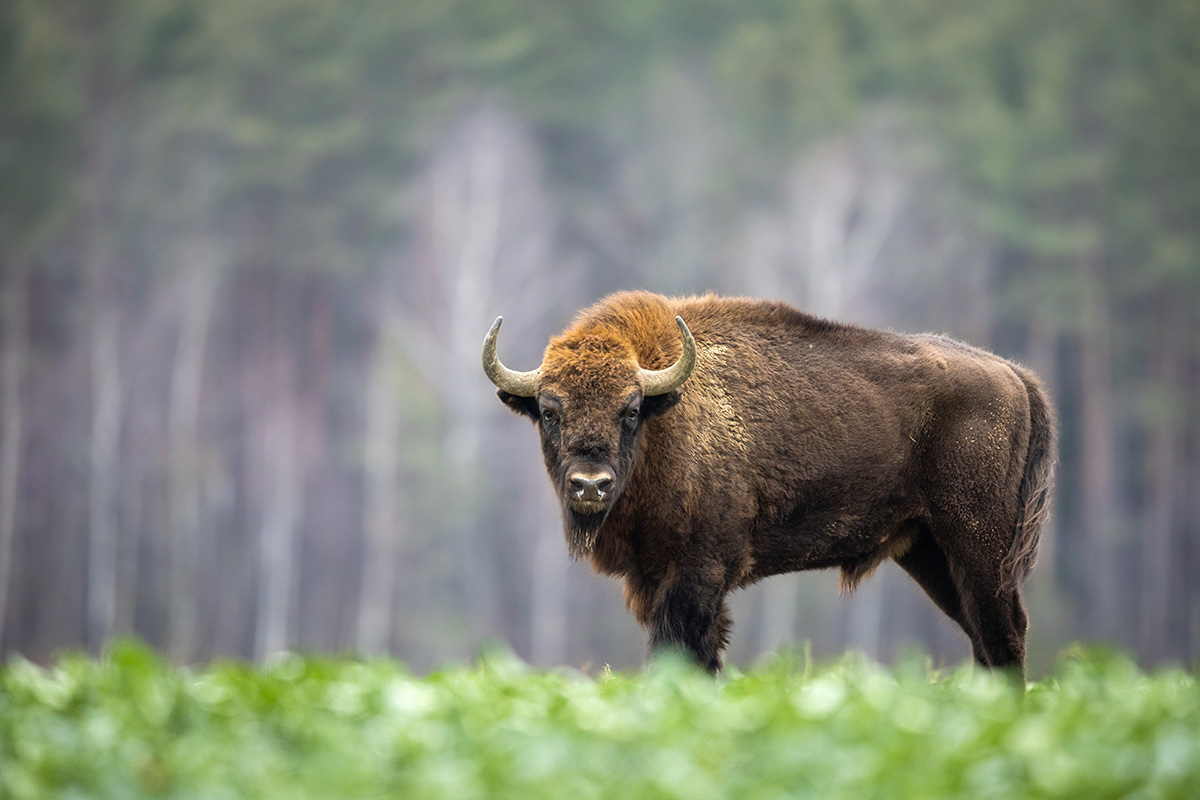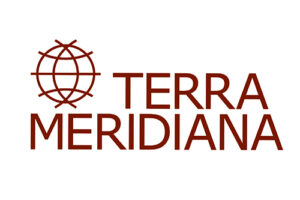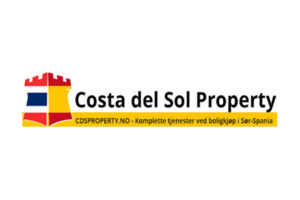World Rewilding Day is one you might miss, and you’d be forgiven for it. The day comes around for the third time only on March 20, aimed at stimulating rewilding initiatives over the six continents, and Spain is at the forefront of this fairly new concept.
Article by Vivion O’Kelly
Recovering Paradise Lost
Rewilding is what it says on the package: an attempt to raise awareness of the benefits of allowing nature to take its course once more, after thousands of years of mankind preventing this from happening, especially in Europe over recent centuries, or to be more accurate, especially by Europeans for their own ends throughout the world.

All well and good, one might say, until one drives along the country roads close to the northern Spanish coastline, for example, and sees painted lettering on the tarmac saying “No Wolves!” Or one reads of another bear attack on a human being further inland. Rewilding does not have the same support in many rural communities.
But whatever the downsides, the benefits far outweigh the problems that arise, and if we are to prevent the total destruction of many of the relatively few species left on this planet, both flora and fauna, we’ll have to change our chip. We must put up with the isolated inconveniences in favour of overall improvements to our quality of life, pay just compensations and improve protections.
These benefits are self evident – the mitigation of the adverse effects of global warming, the enhancement of biodiversity and the creation of new sources of income for rural economies, among many others. Anything that makes our air cleaner, the soil more fertile, improves our resilience to disease and expands our wellbeing in all directions can only be good.

Excluding fruit plantations and agroforestry systems, Spain is the 13th most forested country in Europe, and the first in southern Europe, with 37.17 percent of its total land are in forest. To give the figure context, Finland has 73.73 percent coverage and Britain has just under 14 percent. (As a matter of incidental interest, Monaco comes last at zero percent.) This tells us most of what we need to know about Spain’s eco-wealth in both flora and fauna. It used to be a lot better, and Spain, as a frontrunner in the rewilding movement, is anxious to roll back the centuries in this respect.

The biggest rewilding project in the country is the reintroduction of lynx, wild horses and black vultures into an area of 850,000 hectares (more than twice the size of Somerset), approximately 100 kms east of Madrid, running from the southern border of Castilla y León to the city of Cuenca, in Castilla la Mancha, and occupying part of Aragón. Populations of wild boar, ibex and deer have already begun to climb over recent decades in the area.
One of the main reasons for choosing this region is social: local human population figures have more than halved in the region over the past seventy years, out of a population that was already low. In fact, this is now among the least populated areas of Europe.

The 20-year recovery project also aims to protect existing old-growth forests and stimulate sustainable rural tourism, drawing people back to the region with the promise of jobs, while helping to prevent the further spread of mining, commercial forestry and hunting, which is blamed for the loss of the Iberian wolf in the region. It is hoped the wolves will return naturally, given their improved habitat.

Among the most interesting of the many rewilding projects in Andalucía is the reintroduction of the European bison in the El Encinarejo region, north west of the city of Jaén. Its aim is not only to establish a population of bison in the area, small as it may be in the beginning, but to recuperate a habitat suitable for wild rabbits and red-legged partridges, which are important prey for the endangered Iberian lynx. The value of the huge bison in this respect is their grazing and trampling habits. It is hoped that the expected success of the project will encourage other regions to follow suit.

Sustainable Development
Many projects are being carried out closer to the southern shores, and in a way, and no small way, the BREEAM certified development of Vista Lago Residences is one of them. Being situated on the highest plot in the 200-hectare Real de La Quinta luxury estate, it was essential that the area’s natural beauty not only be preserved but enhanced. Water, of course, is at a premium on high ground in this part of the world, and in keeping with the developers’ architectural design philosophy with regard to the natural environment, they created a 400-metre-long lake right in the heart of the Real de La Quinta estate, complete with beaches and natural sand. Earth moving was kept to a minimum, and although some trees had to be cut down, many more varieties were planted, all of them now being native species that will bring the area back to what it was before the hand of man destroyed them. This too is called rewilding.
Find out more about Vista Lago Residences here
Find out more about World Rewilding Day on the Rewilding Europe website


































































